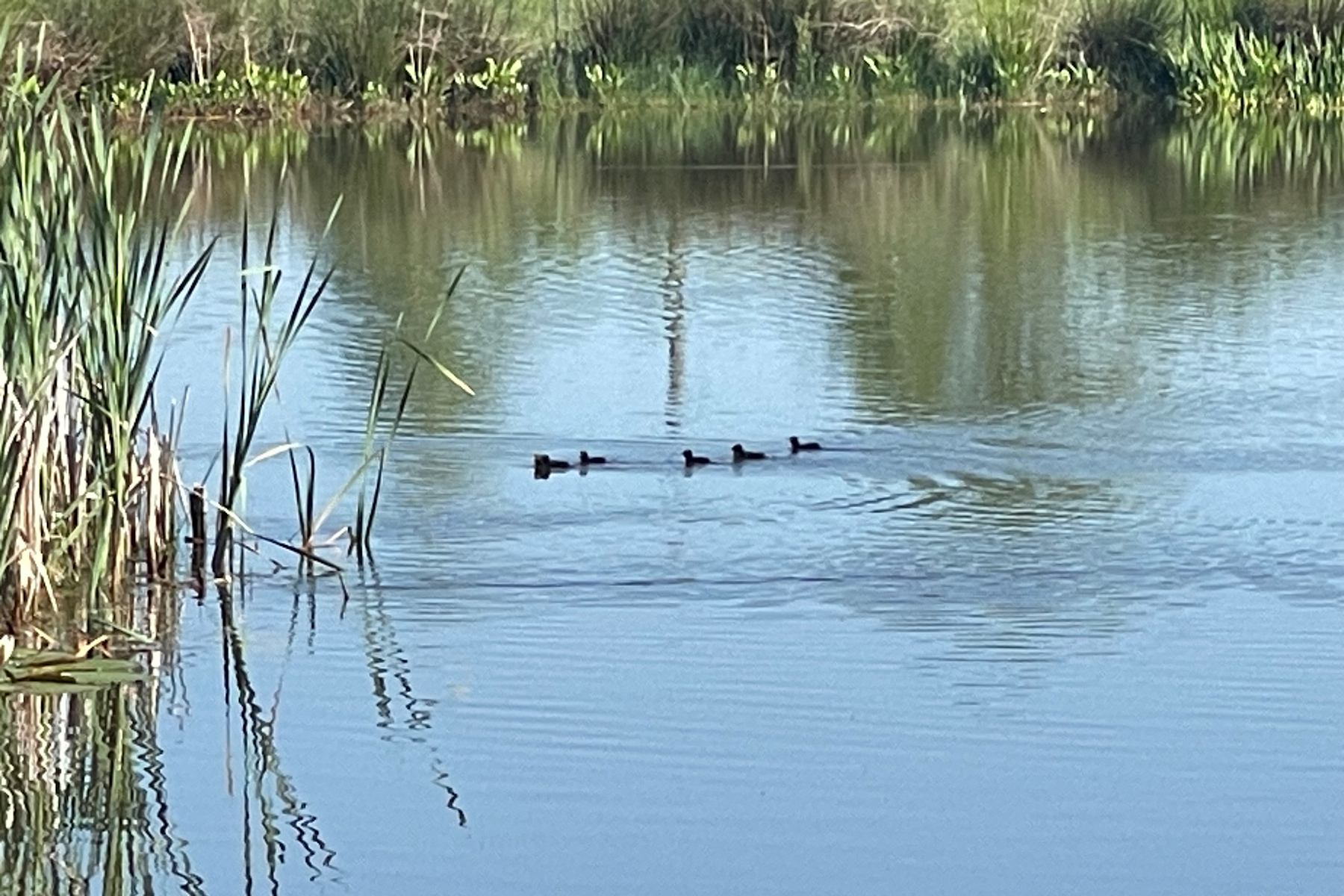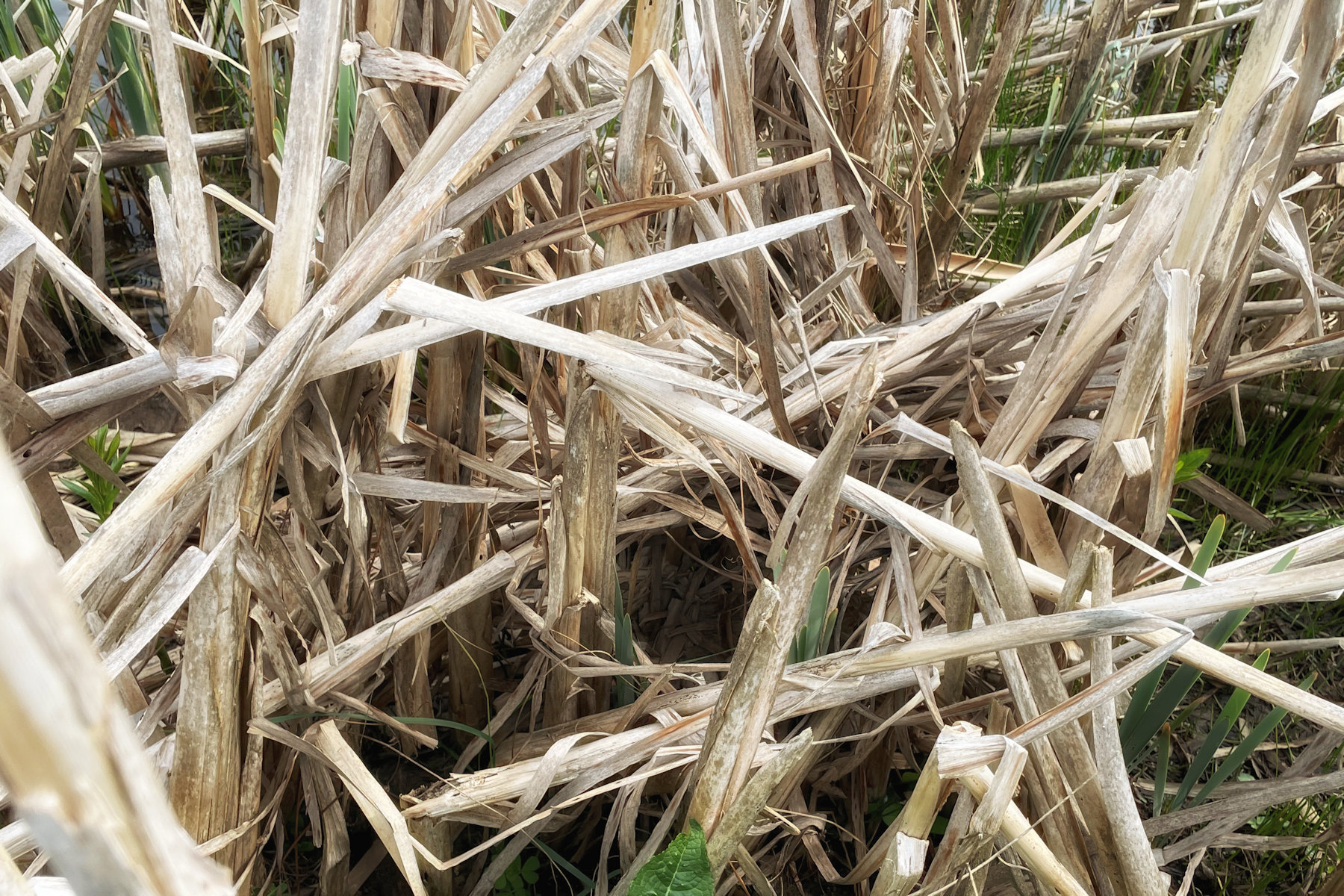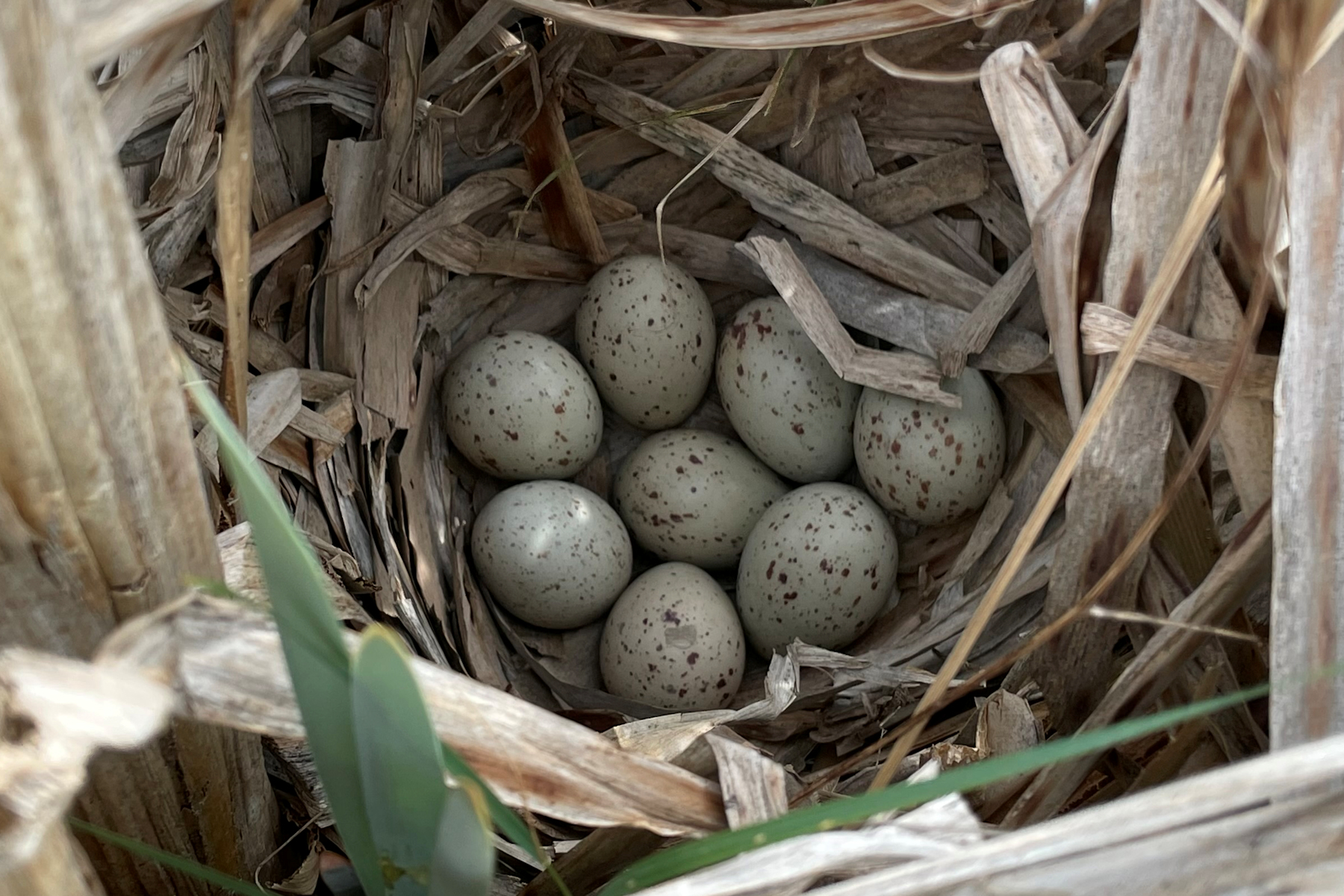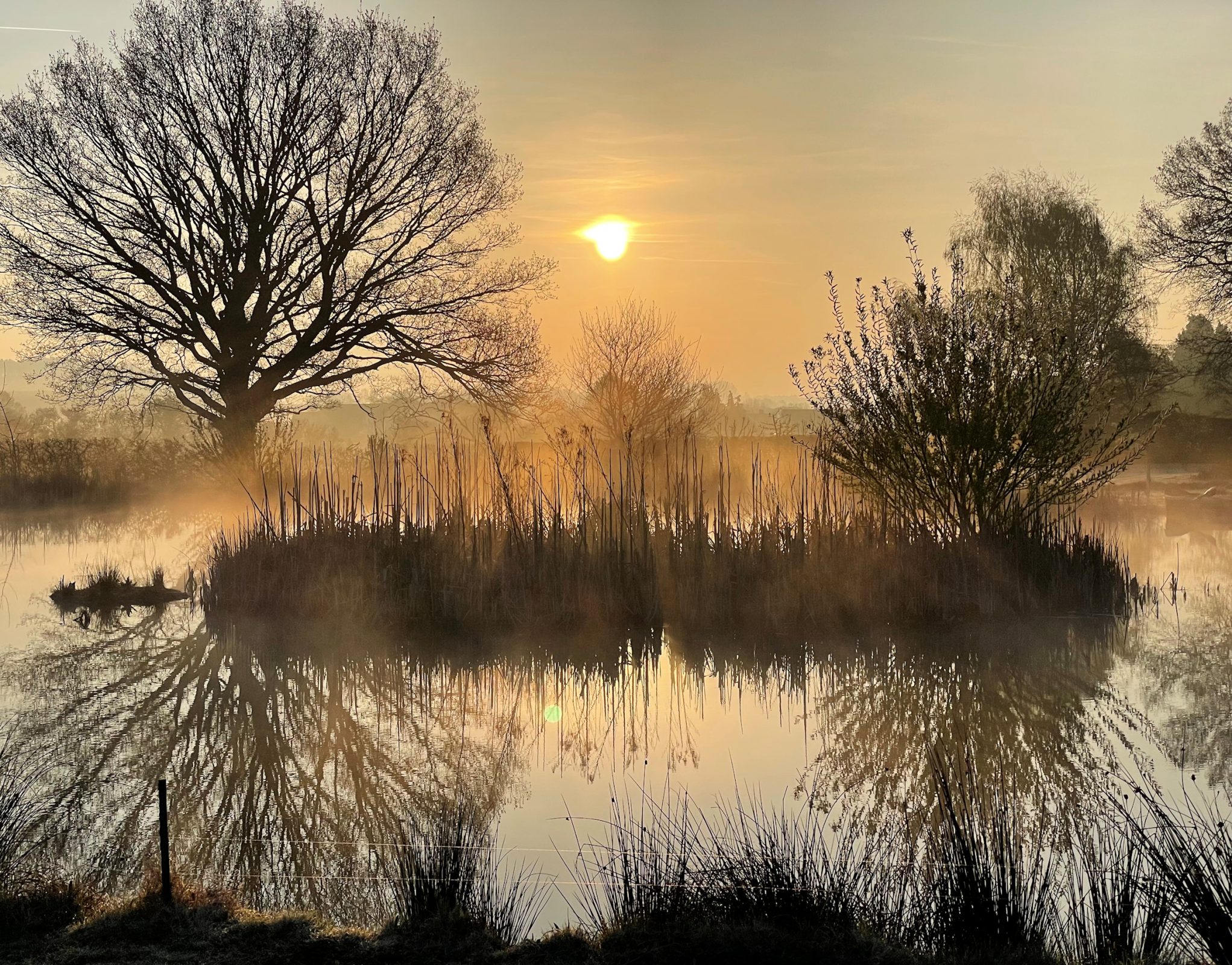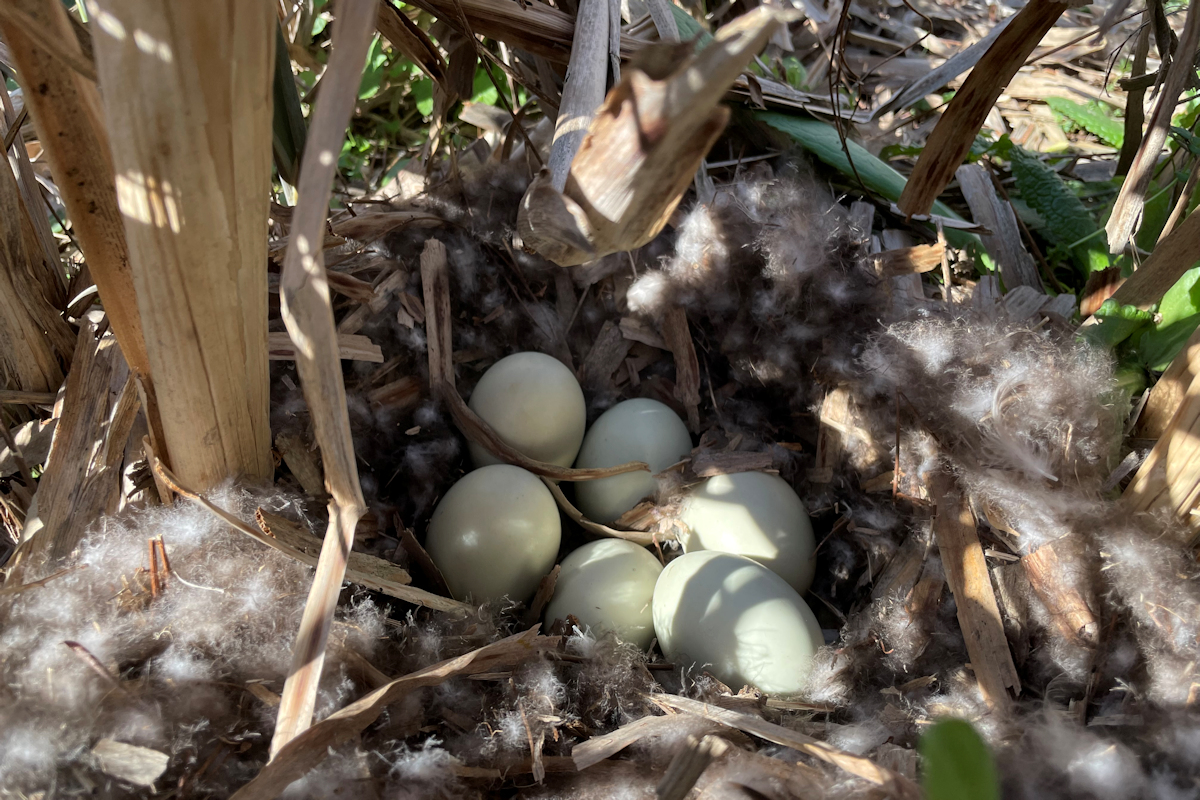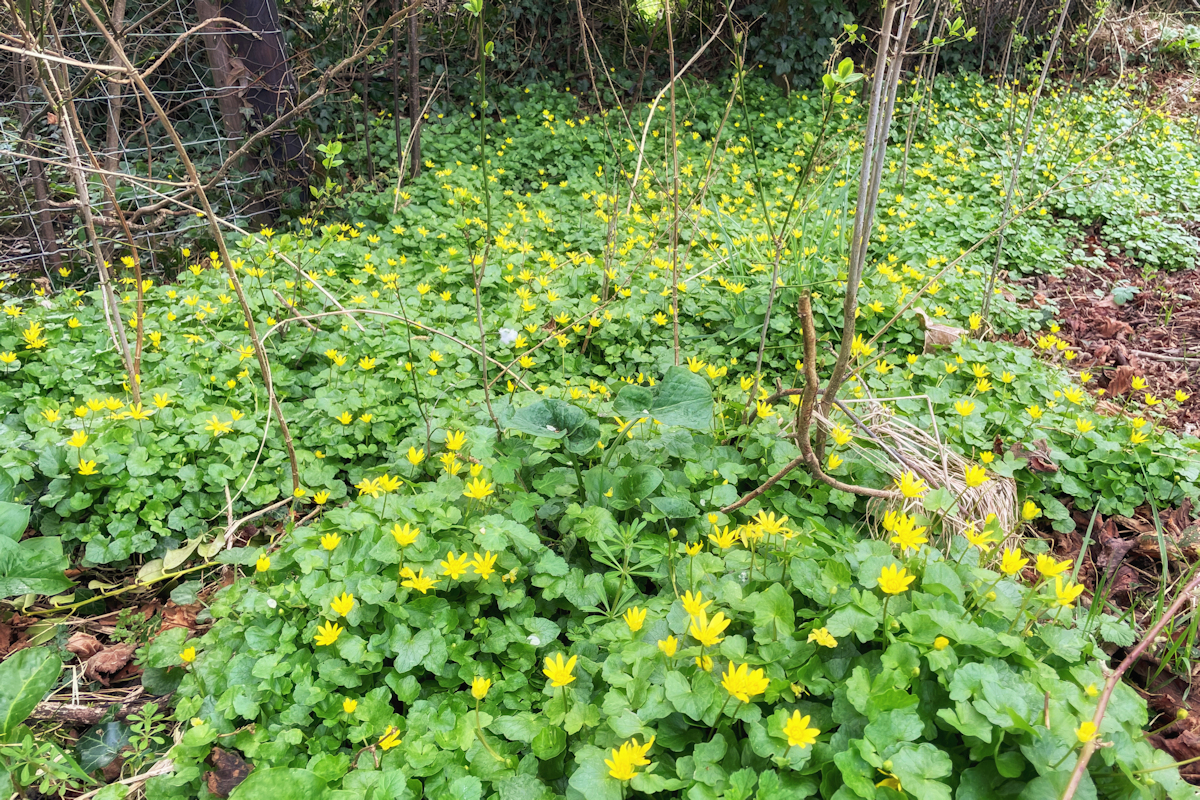Out of nowhere (well, probably a quiet corner of the island) a gang of day old mallard chicks has appeared. We’ve not seen any adults for a few days so they have been very secretive about the nest.
-
—
Category: Birds
-
Moorhens update
—
Category: BirdsFive little sootballs spotted today with their parents teaching them life skills.
-
Sootballs!
—
Category: BirdsHere’s one of the adults teaching the chick to feed (on water crowfoot). And three chicks closely following an attentive adult.
-
Early morning mist, moorhens, greylags and mallards
—
Category: BirdsAnd tadpoles!
-
Eggs come and go
—
Category: BirdsA quick visit to the island to see why there are no signs of ducklings reveals an empty mallard nest (no evidence of eggs at all of the eggs that were there) but nearby, very well hidden, a full moorhen nest.
We think there’s only one moorhen so it’s unclear whether the eggs will hatch. Island is now out of bounds for the next three weeks. Watch this space!
-
Morning mist
—
Category: The Pond
-
Clever birds
—
Category: BirdsWe’ve started using a temporary plug to block the entrance to the barn owl box during the day, so that other animals can’t nest in it. Unfortunately we didn’t take into account how clever jackdaws are, as you can see (skip to 2:00 if you can’t wait!).
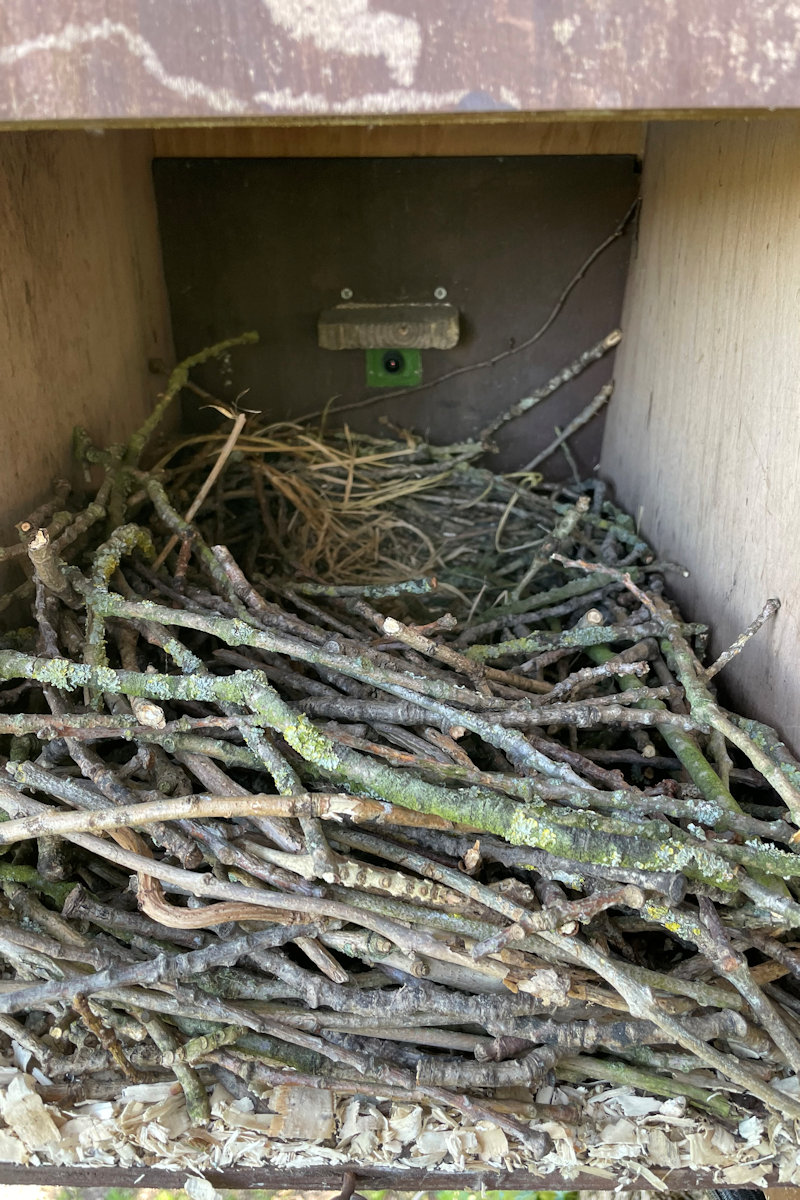
Within a few hours the jackdaws filled the owl box with twigs and grass to form a formidable nest.
-
Egg surprise
—
Category: Birds
-
A welcome dash of colour
—
Category: Wildflowers
-
Spawn time
—
Category: Amphibia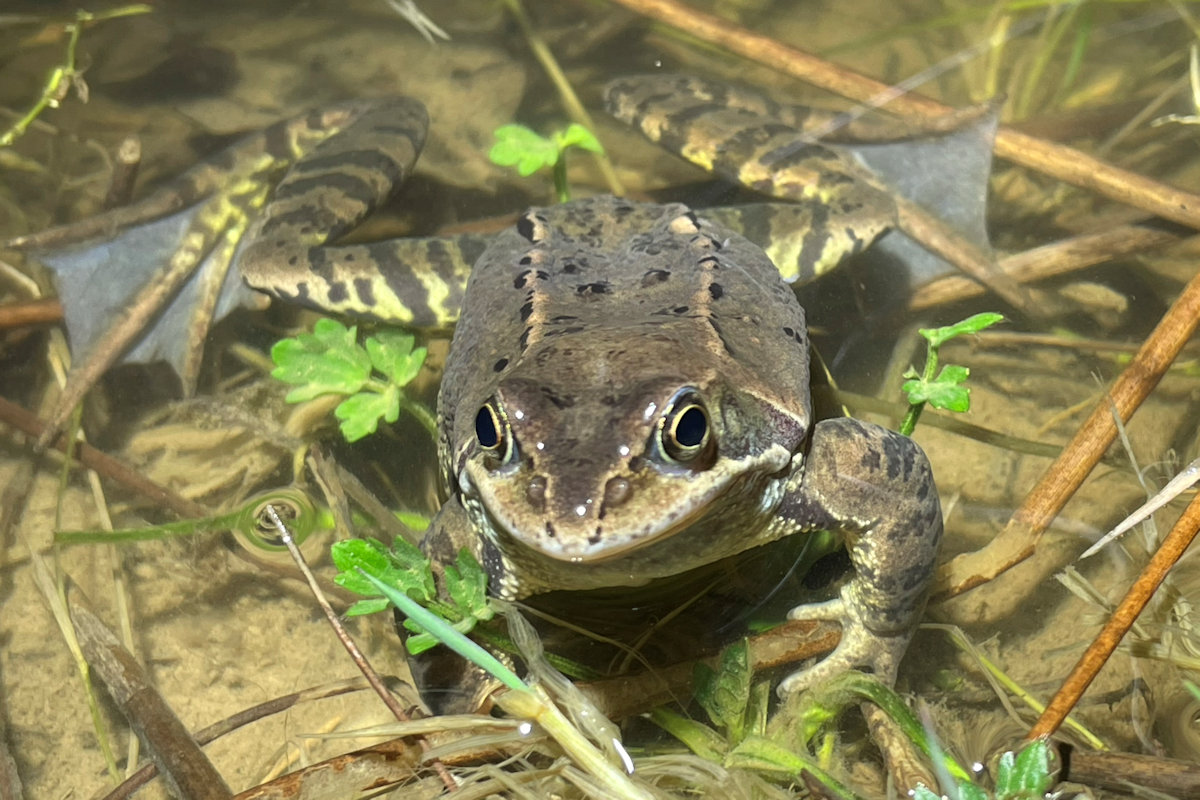
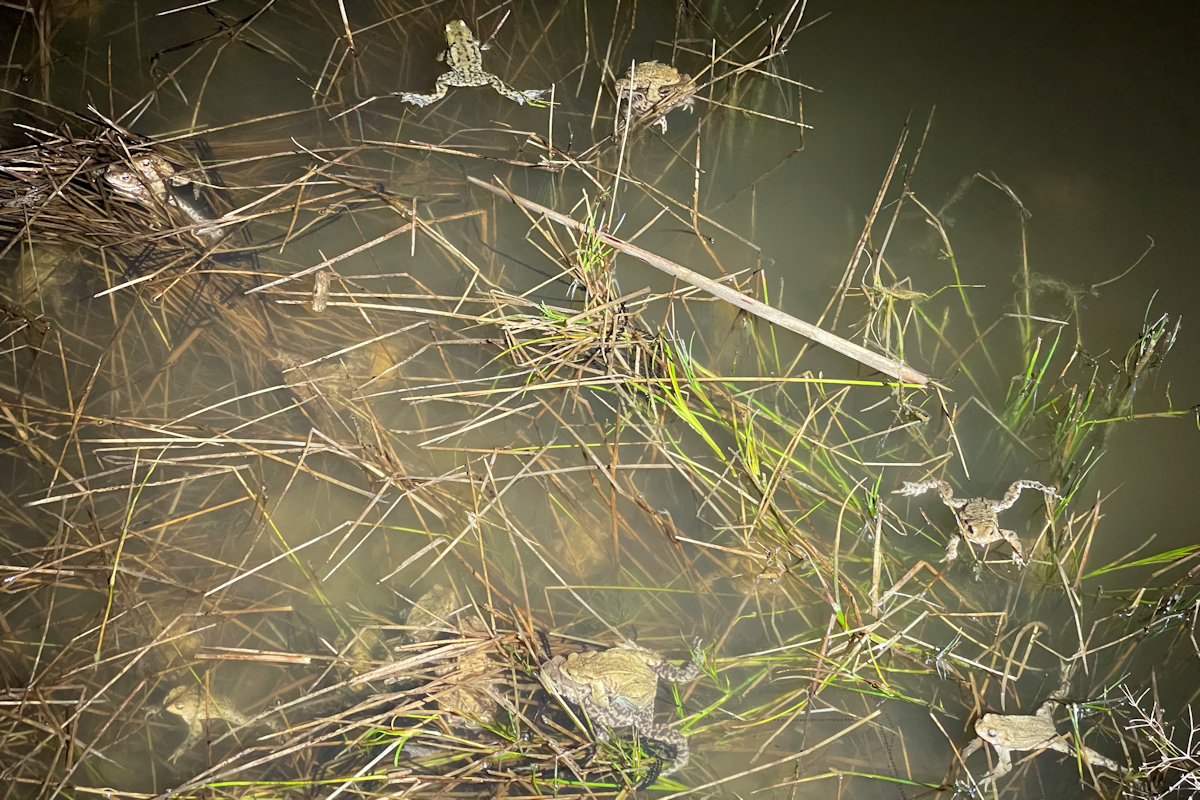
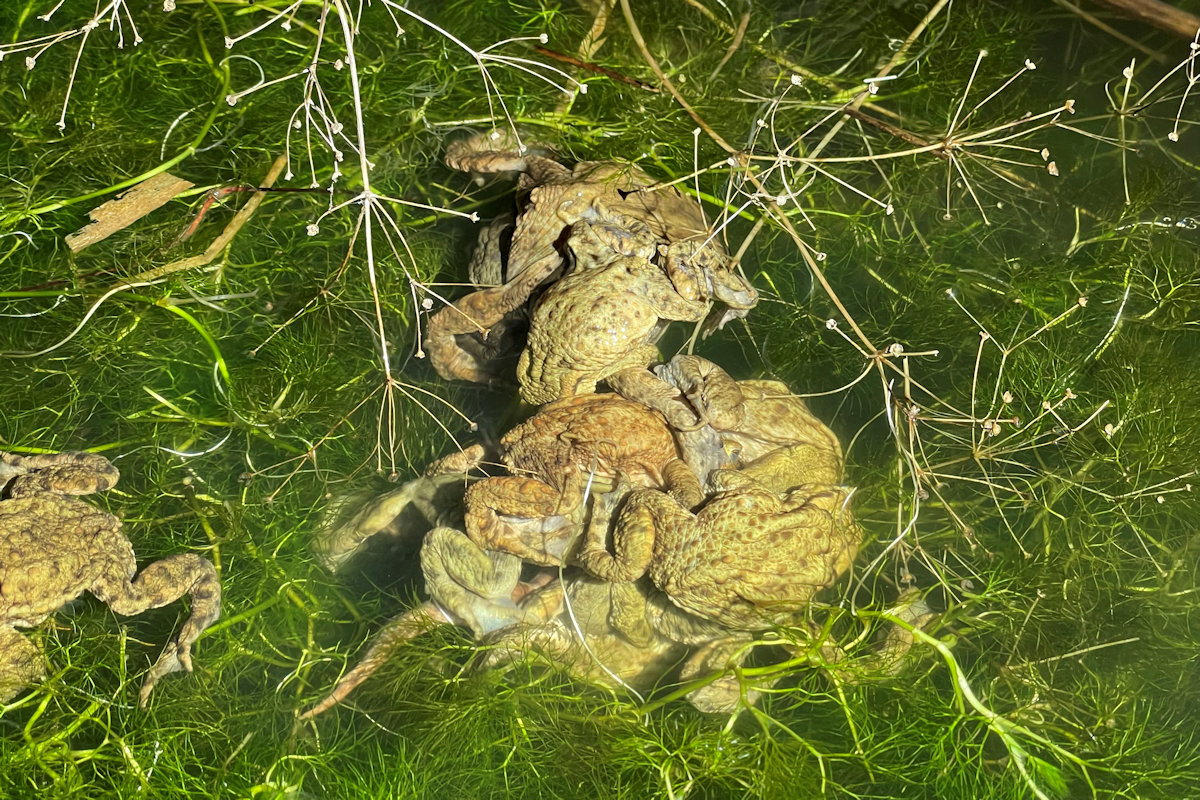
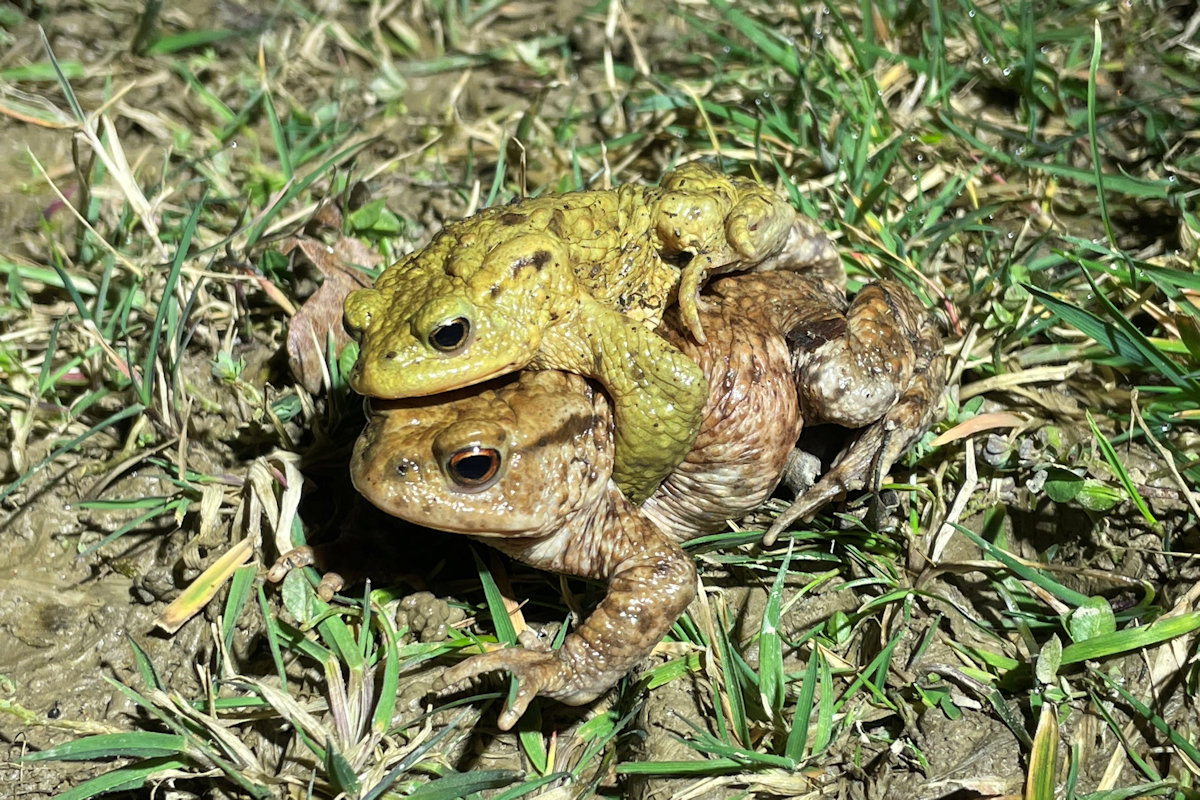
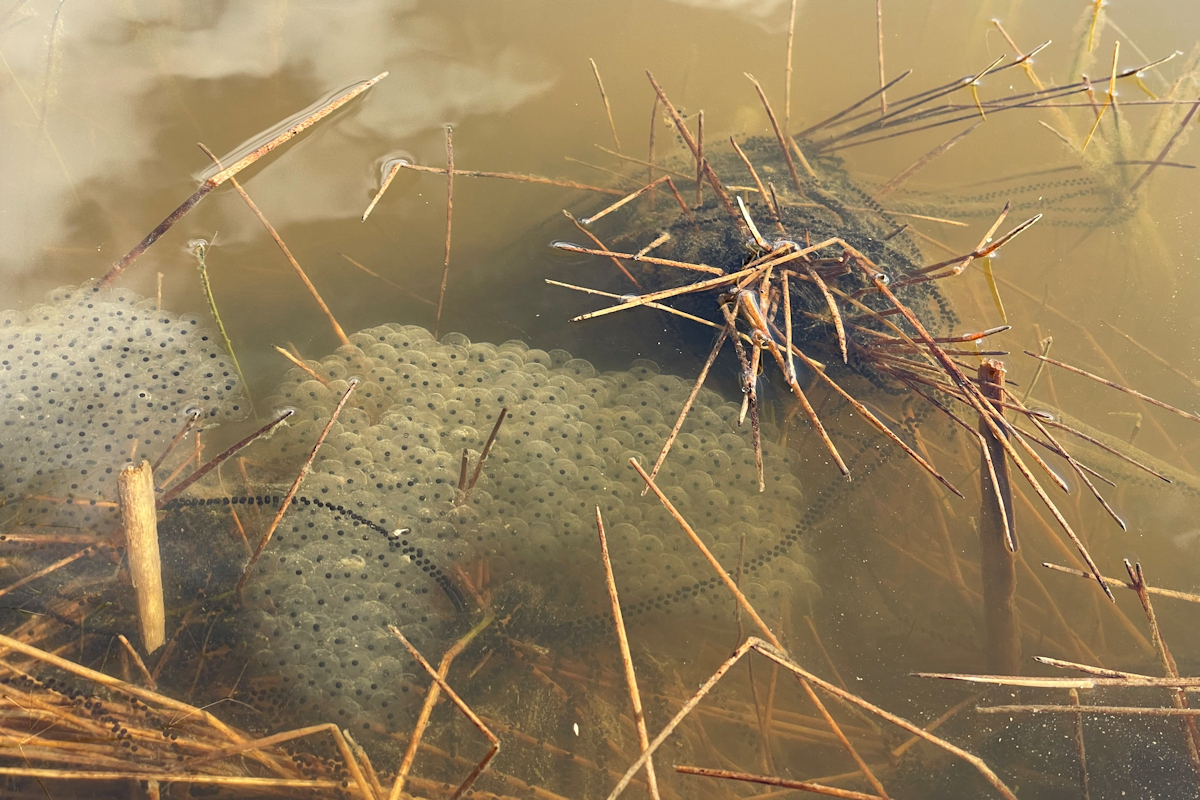
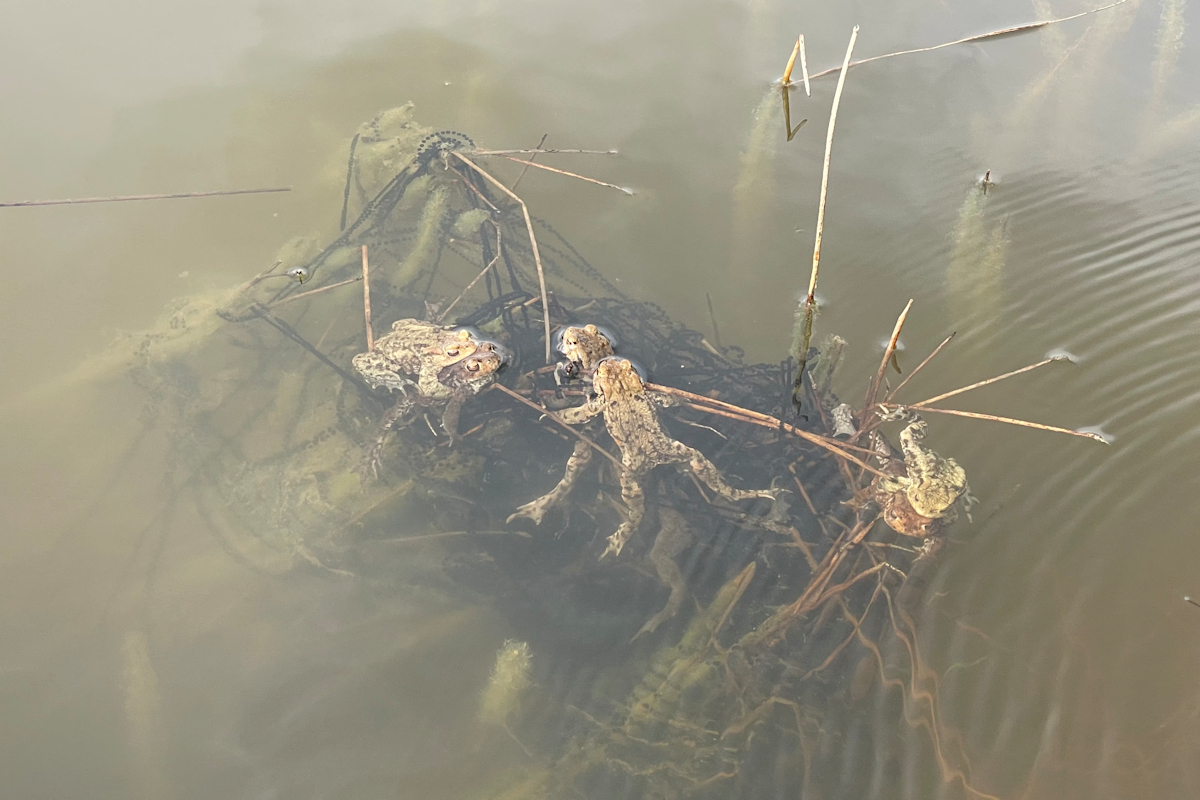
The cold weather held off the frogs and toads but now it’s warming up they’re on the march and getting busy in the pond making loads of spawn: a lot more than last year too. Listen to the video to hear the toads sing!
-
Counting moorhens
—
Category: BirdsIt looks as though we are one down on the moorhen count. Three elusive survivers, though hard to tell which are the adults and which hatched last year as the youngsters have now gained their grown up colours. Winter’s not over yet, but hopefully the worst has passed and these three will keep going until spring with warmer weather and more to eat.
-
Lights, camera, action
—
Category: Barn Owls

